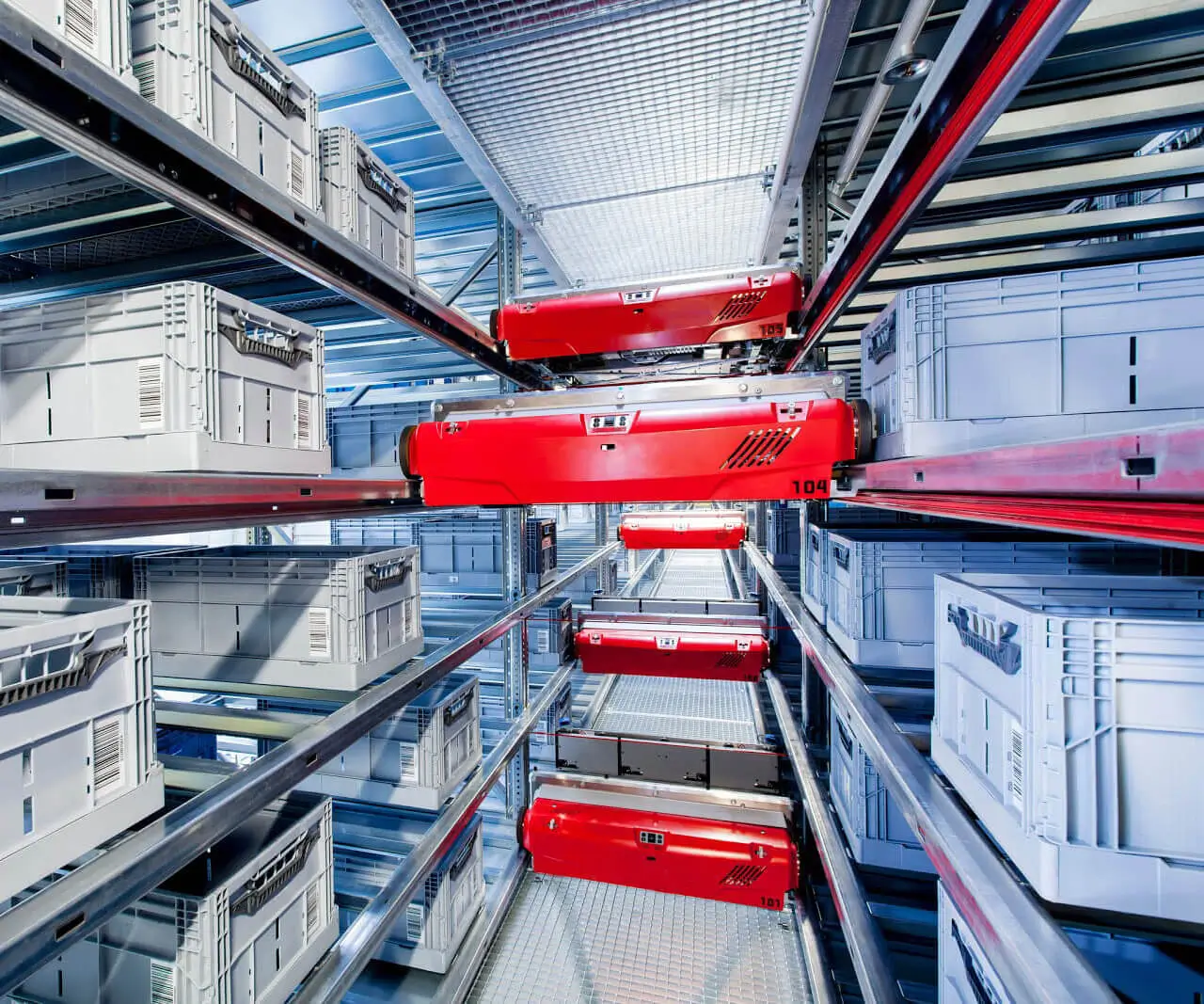Ever tried to build a complex app and wondered whether you should use a REST API or go full-on microservice? Sometimes, it feels like choosing between a Swiss Army knife and a collection of specialized tools. They both aim to make your life easier, but each comes with a different vibe, structure, and set of advantages.

Let's talk about REST API first. Think of it as the backbone of most web applications. It’s like a well-organized messenger, delivering data back and forth between your frontend and backend. Because it's stateless and uses HTTP, it's super straightforward—and that’s a big part of why it's so popular. When you need easy communication, REST APIs are your go-to. They handle data in JSON or XML, making integration with different systems a breeze. For simple apps or when rapid development is the goal, REST feels like a reliable friend. But as your project grows, you might find yourself asking: are we stretching this one API too thin? Maintaining a monolithic REST API can become complicated as new features stack on top of each other, possibly turning into a tangled web of endpoints.
That’s where microservices start to shine. Imagine breaking your large app into tiny, focused pieces—each one doing just one thing, but doing it really well. Instead of one big REST API handling everything, microservices give you a collection of smaller, independent services. Each handles its own data, runs in its own environment, and communicates through APIs, but the microservice architecture spreads responsibilities out. It’s like having a team of specialists—imagine one handles user authentication, another manages payments, and a third takes care of notifications. You get more flexibility, better fault isolation, and scalability that matches exactly what’s needed. If one microservice goes down, it’s not the end of the world—rest of the system still hums along.
So, what’s the big question? When should you stick with REST, and when should you lean into microservices? If your project is small or just starting out, REST APIs are straightforward and quick to set up. They work beautifully for apps where demands aren’t too high and everything stays simple. But if you're thinking about huge, complex systems with many features, microservices might be your best shot. They let you scale different parts independently, optimize for performance, or even experiment without risking the whole system.
And here’s a fun way to think about it—imagine building a city. REST APIs are like the city's main roads—connect everything easily and keep traffic flowing. Microservices, on the other hand, are neighborhoods, each with their own streets, parks, and shops. You can expand or rebuild neighborhoods without shutting down the whole city.
The bottom line? REST API makes things easy when you're just getting started. Microservices unlock power for larger, more complex needs. Neither is better, just different tools for different jobs—and knowing when to pick each can make all the difference in how smoothly your app runs.
Established in 2005, Kpower has been dedicated to a professional compact motion unit manufacturer, headquartered in Dongguan, Guangdong Province, China. Leveraging innovations in modular drive technology, Kpower integrates high-performance motors, precision reducers, and multi-protocol control systems to provide efficient and customized smart drive system solutions. Kpower has delivered professional drive system solutions to over 500 enterprise clients globally with products covering various fields such as Smart Home Systems, Automatic Electronics, Robotics, Precision Agriculture, Drones, and Industrial Automation.




































